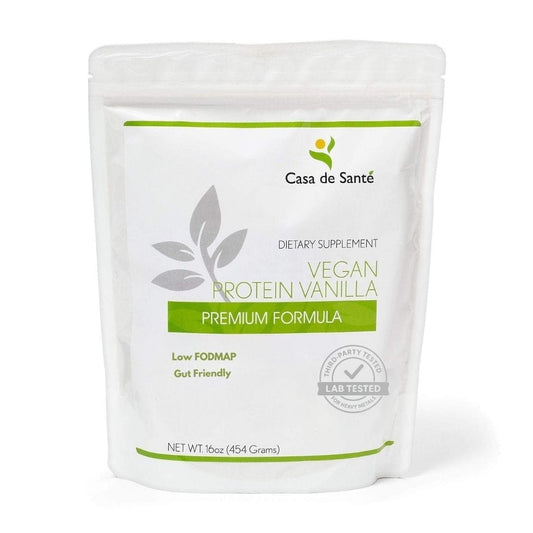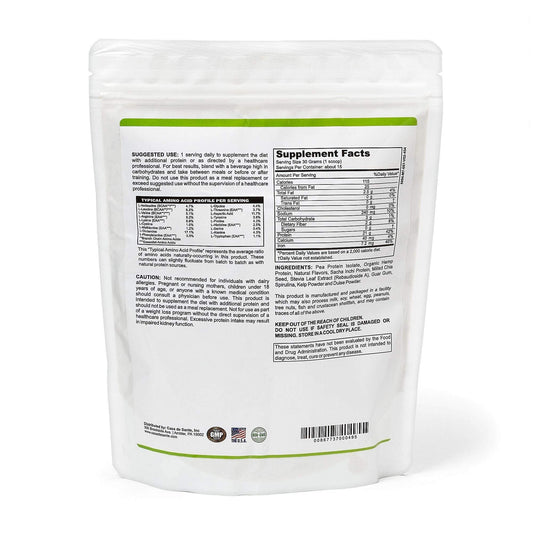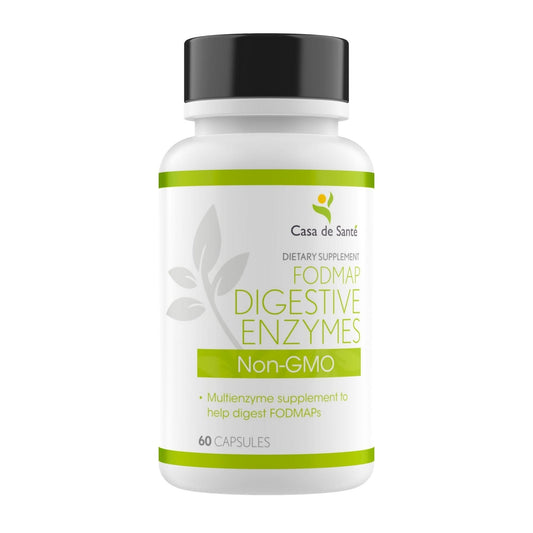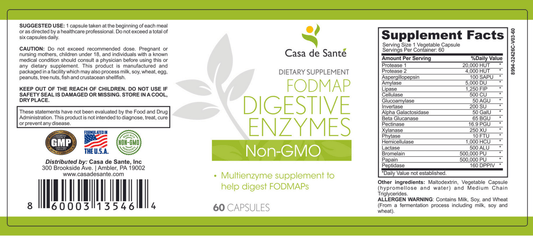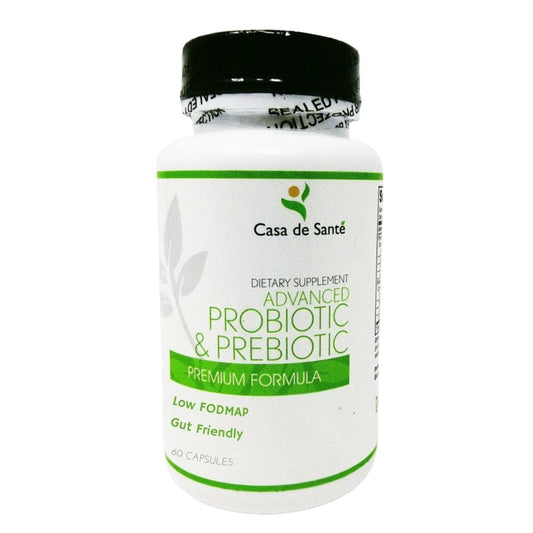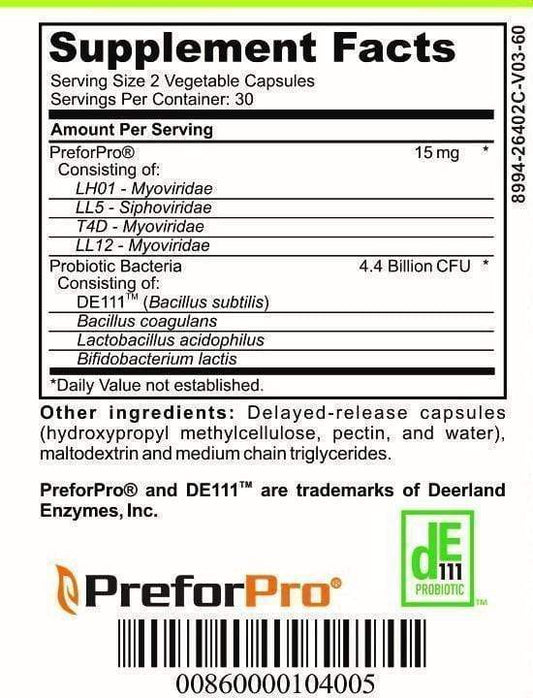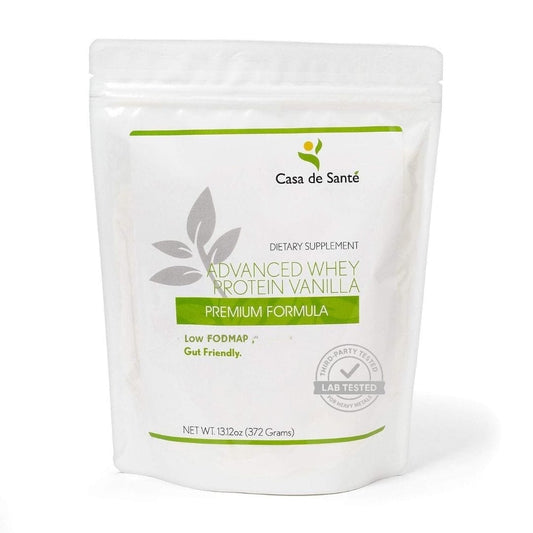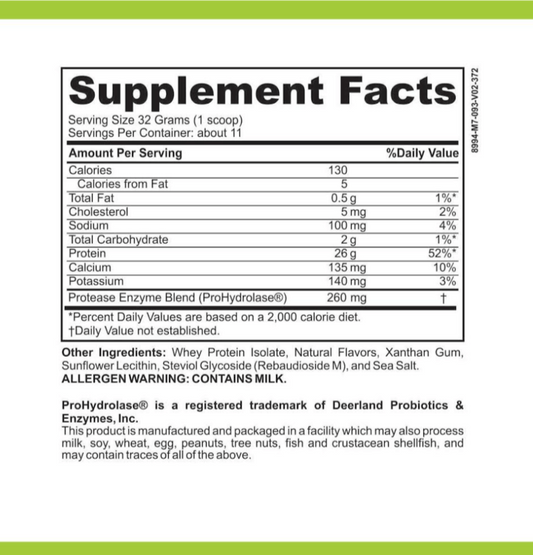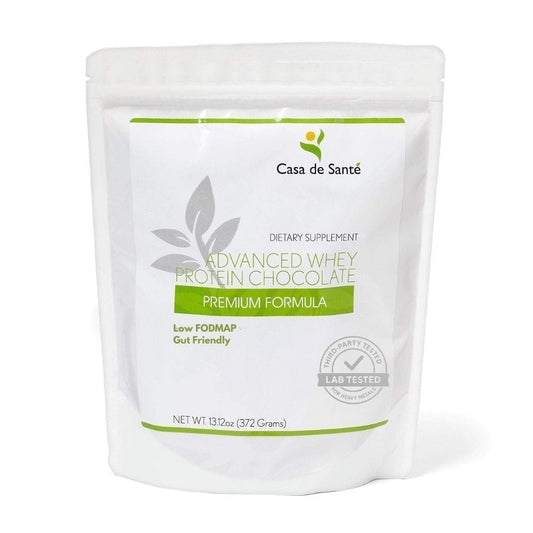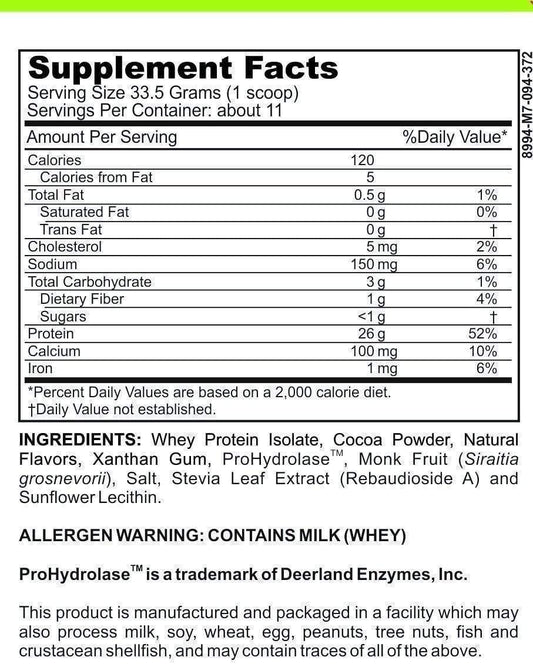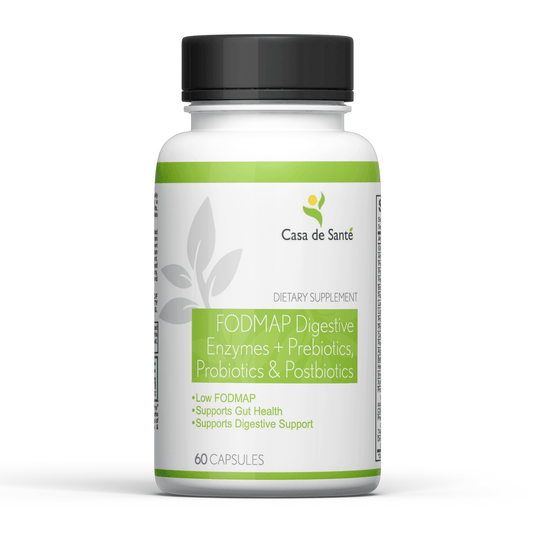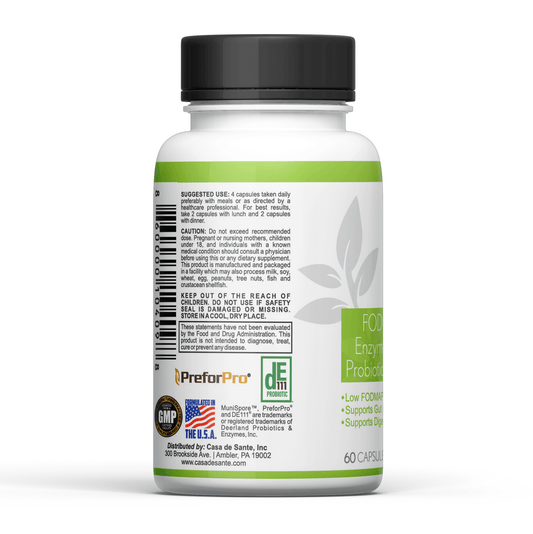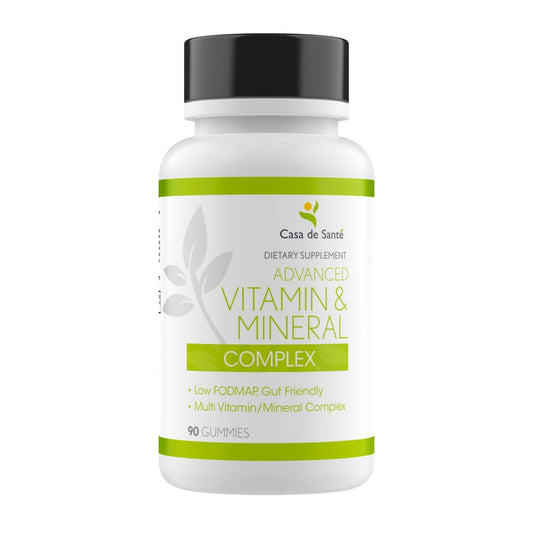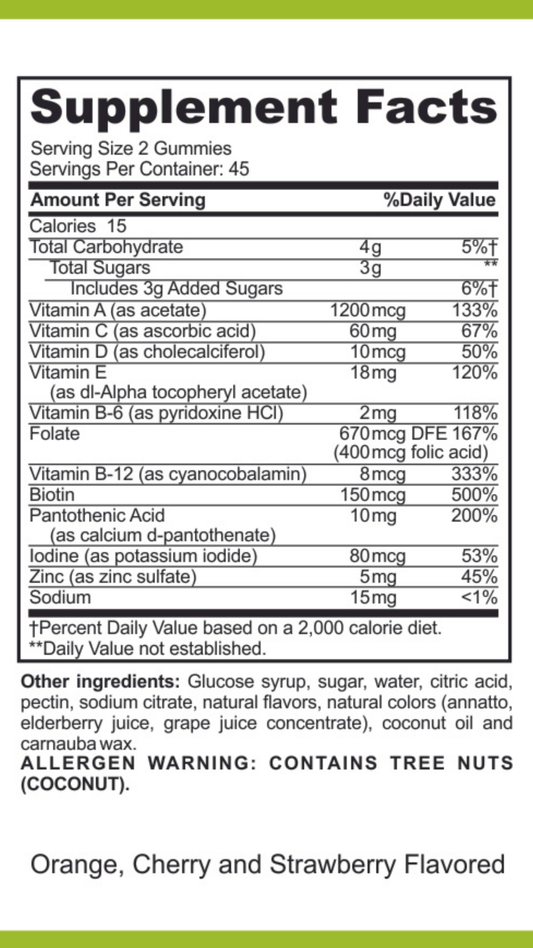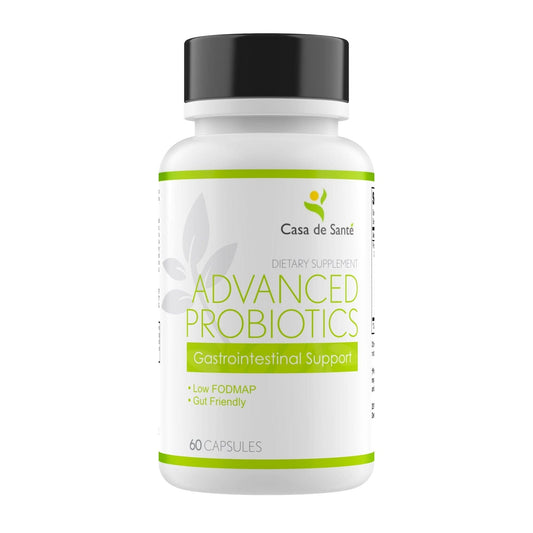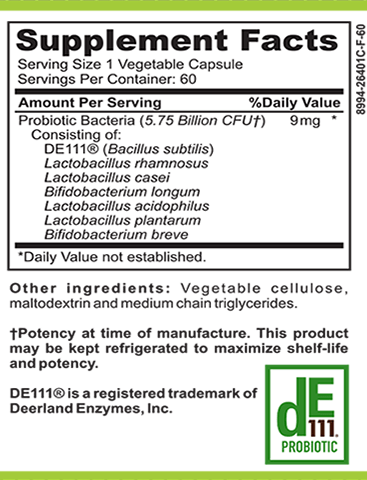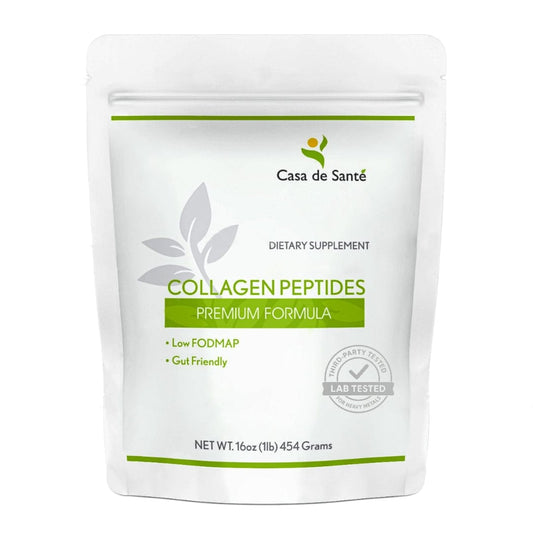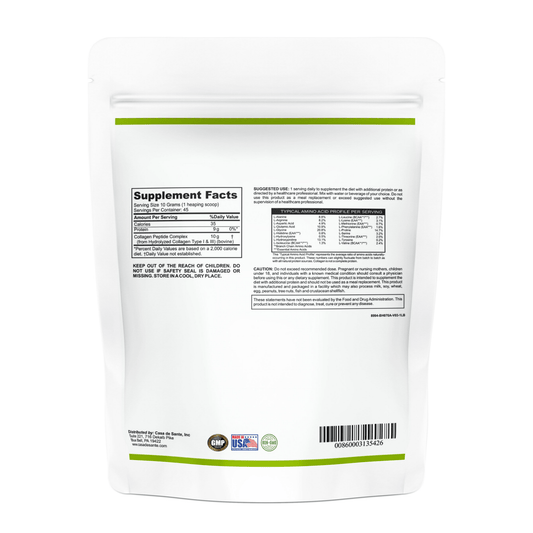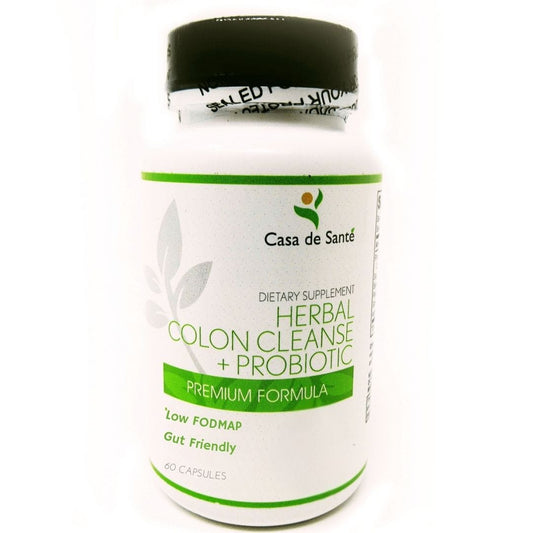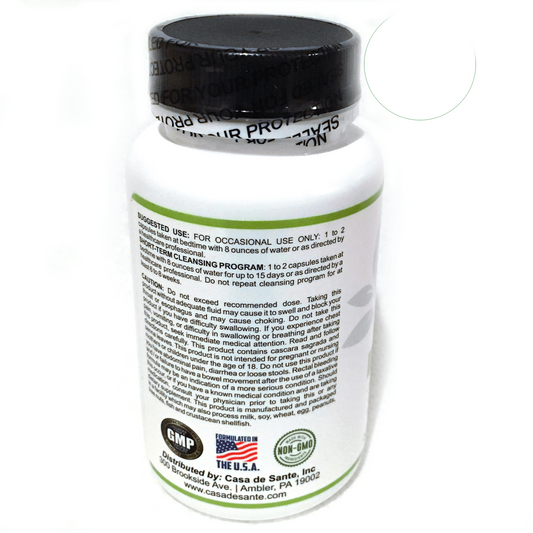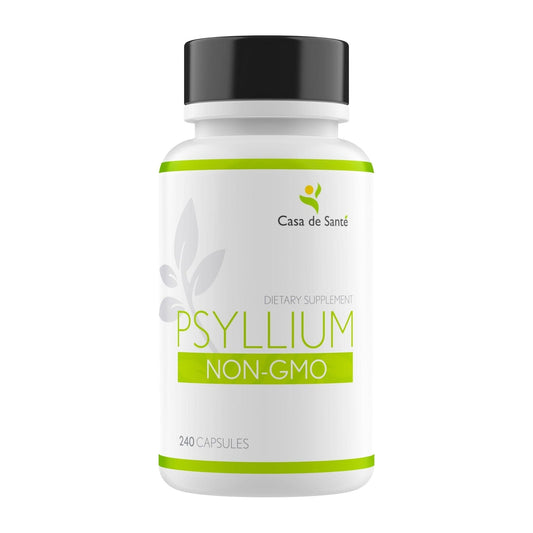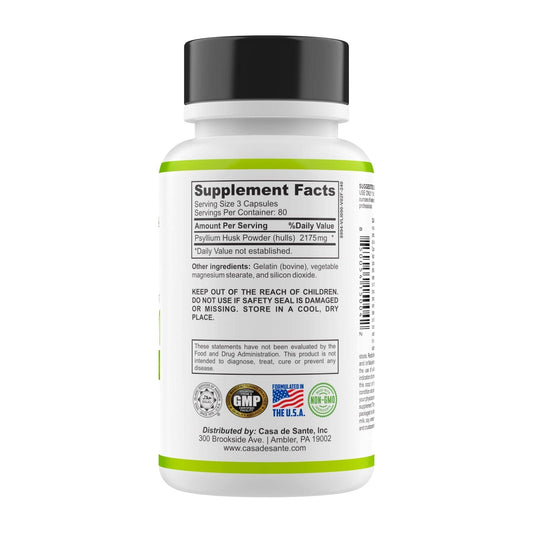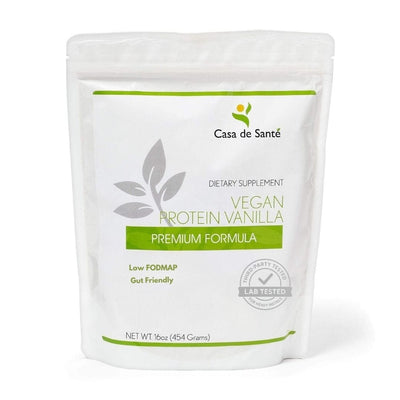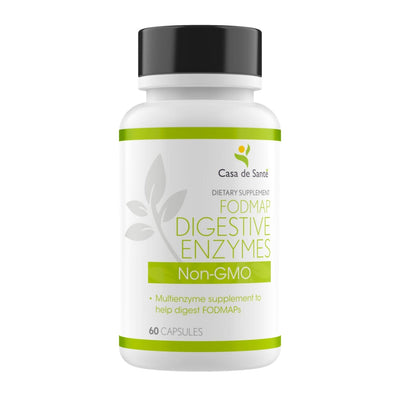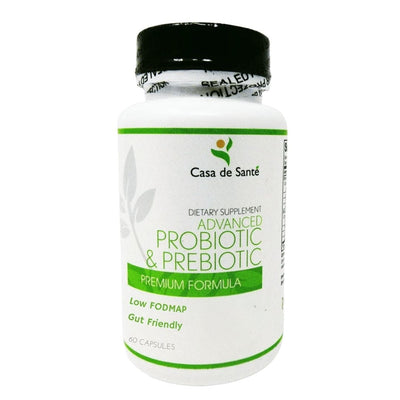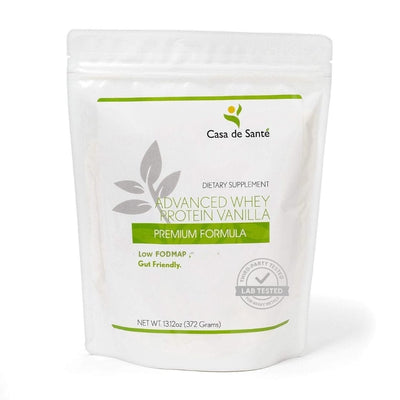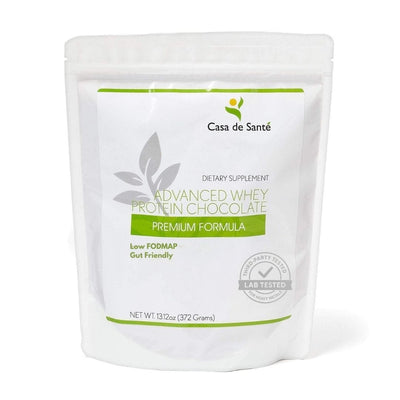Hazelnut Milk vs Almond Milk
Hazelnut Milk vs Almond Milk
If you are lactose intolerant or vegan, you might be looking for plant-based alternatives to traditional dairy milk. Two popular options are hazelnut milk and almond milk. While both have similar uses and tastes, there are some key differences to consider. In this article, we will explore the nutritional benefits, environmental impact, cost, and taste of hazelnut milk and almond milk.
The Nutritional Benefits of Hazelnut Milk and Almond Milk
Both hazelnut milk and almond milk are rich in vitamins and minerals, especially vitamin E, which is an antioxidant that helps protect cells from damage. Almond milk contains more calcium than hazelnut milk, making it a better option for those looking to boost their calcium intake. Hazelnut milk, on the other hand, contains more vitamin B6, which helps convert food into energy.
In addition to their nutritional benefits, both hazelnut milk and almond milk are great alternatives for those who are lactose intolerant or have a dairy allergy. They are also lower in calories and fat than cow's milk, making them a good option for those looking to maintain a healthy weight. However, it's important to note that store-bought versions of these milks may contain added sugars and preservatives, so it's best to opt for unsweetened and organic varieties whenever possible.
How to Make Hazelnut Milk and Almond Milk at Home
If you want to make your own nut milk at home, it's relatively easy to do. For hazelnut milk, you will need to soak raw hazelnuts overnight to soften them, then blend them with water and strain the mixture through a cheesecloth. For almond milk, soak raw almonds overnight, rinse them, then blend them with water and strain the mixture through a cheesecloth. Both milks can be sweetened with dates or honey if desired.
One benefit of making your own nut milk at home is that you can control the ingredients and avoid any additives or preservatives that may be found in store-bought versions. Additionally, homemade nut milk can be more cost-effective in the long run, especially if you regularly consume it. Experiment with different nuts and sweeteners to find your favorite combination.
Taste Test: Hazelnut Milk vs Almond Milk
Both hazelnut milk and almond milk have a nutty, sweet taste that works well in coffee, tea, smoothies, and cereal. However, hazelnut milk has a richer, creamier texture that some people prefer. Almond milk, on the other hand, has a more watery texture and is easier to find at grocery stores.
It's important to note that both hazelnut milk and almond milk are great alternatives for those who are lactose intolerant or have a dairy allergy. They are also lower in calories and fat compared to cow's milk. However, it's always a good idea to check the ingredients list as some brands may contain added sugars or preservatives. Additionally, if you have a nut allergy, neither of these milk alternatives would be suitable for you.
Which is Better for Weight Loss: Hazelnut Milk or Almond Milk?
If you are trying to lose weight, both hazelnut milk and almond milk are low in calories and fat compared to traditional dairy milk. However, almond milk has fewer calories and less fat than hazelnut milk, making it a better choice for weight loss. Keep in mind that flavored versions of both types of milk may contain added sugar and should be consumed in moderation.
In addition to being low in calories and fat, both hazelnut milk and almond milk are also great sources of vitamins and minerals. Hazelnut milk is high in vitamin E, which is important for healthy skin and immune function. Almond milk, on the other hand, is rich in calcium, which is essential for strong bones and teeth. So, while almond milk may be a better choice for weight loss, both types of milk offer unique health benefits that make them a great addition to any diet.
Hazelnut Milk vs Almond Milk: Which is More Environmentally Sustainable?
Both hazelnut milk and almond milk require a significant amount of water to produce, which can be a concern in areas with limited water resources. However, almond milk has been criticized for requiring more water than hazelnut milk, as well as for contributing to the decline of bee populations due to the high demand for almond pollination. Hazelnuts, on the other hand, are largely self-pollinating and require less water to grow.
In addition to the environmental impact of water usage and bee populations, there are other factors to consider when comparing hazelnut milk and almond milk. One such factor is the nutritional content of each milk alternative. Hazelnut milk is higher in healthy fats and vitamin E, while almond milk is higher in calcium and vitamin D. Depending on an individual's dietary needs, one milk alternative may be more beneficial than the other.
Another consideration is the availability and cost of each milk alternative. Hazelnuts are not as widely grown as almonds, which can make hazelnut milk more expensive and harder to find in some areas. Almond milk, on the other hand, is readily available in most grocery stores and is often less expensive than hazelnut milk. However, the environmental and ethical concerns surrounding almond milk production may lead some consumers to choose hazelnut milk instead, despite the higher cost.
Hazelnut Milk vs Almond Milk: Which is More Affordable?
While hazelnuts and almonds are both relatively expensive nuts, almond milk is usually more affordable than hazelnut milk due to its higher popularity and wider availability. However, making your own nut milk at home can save you money in the long run, no matter which type you choose.
Another factor to consider when comparing the affordability of hazelnut milk and almond milk is the amount of nuts required to make each type of milk. Hazelnuts have a lower yield than almonds, meaning that more hazelnuts are needed to produce the same amount of milk as almond milk. This can make hazelnut milk more expensive to produce and therefore more expensive to purchase.
It's also worth noting that the cost of nut milk can vary depending on the brand and quality. Some brands may use higher quality nuts or additional ingredients, which can increase the price. When comparing prices, it's important to consider the quality and ingredients of the milk as well as the cost.
The Pros and Cons of Hazelnut Milk and Almond Milk
Both hazelnut milk and almond milk have their pros and cons. Hazelnut milk has a richer, creamier texture and is a good source of vitamin B6, but is more expensive and less widely available than almond milk. Almond milk is lower in calories and fat, more affordable, and widely available, but has a more watery texture and requires more water to produce.
Another advantage of hazelnut milk is that it has a naturally sweet taste, which means that it can be used as a substitute for sweeteners in recipes. However, this can also be a disadvantage for those who prefer unsweetened milk alternatives.
On the other hand, almond milk is a good source of vitamin E, which is an antioxidant that helps protect cells from damage. It also has a longer shelf life than hazelnut milk, making it a more convenient option for those who don't consume milk alternatives regularly. However, some people may be allergic to almonds, which makes hazelnut milk a better option for them.
How to Use Hazelnut Milk and Almond Milk in Recipes
Both hazelnut milk and almond milk can be used in a variety of recipes, from baking to cooking to making smoothies. Hazelnut milk can add a rich flavor to chocolate desserts or creamy pasta sauces, while almond milk works well in savory dishes like curry or soups. You can also use either milk to make dairy-free versions of classic recipes like hot chocolate or latte.
One thing to keep in mind when using hazelnut milk or almond milk in recipes is that they may not have the same consistency as dairy milk. This can affect the texture of your final dish, especially in recipes that rely heavily on milk, like custards or puddings. To compensate for this, you may need to adjust the amount of milk or use a thickening agent like cornstarch or flour. Additionally, some recipes may require you to use unsweetened versions of these milks, so be sure to check the label before using them in your recipe.
The History of Hazelnut Milk and Almond Milk
Hazelnut milk has been consumed in Europe for centuries, especially in Italy and Spain, where it is used in coffee and desserts. Almond milk dates back to ancient times in the Middle East, where it was used as a substitute for dairy milk in Islamic and Jewish cultures. Today, both types of milk are widely consumed around the world, especially in vegan and lactose intolerant communities.
Are There Any Allergies Associated with Hazelnut or Almond Milk?
If you have a nut allergy, you should avoid hazelnut milk and almond milk, as both are made from tree nuts. It's also important to note that some people may be allergic to specific types of nuts, so be sure to check ingredients carefully before consuming any type of nut milk.
The Best Ways to Store Hazelnut and Almond Milk:
Both hazelnut milk and almond milk should be stored in the refrigerator once opened and consumed within 7-10 days. If you make your own nut milk at home, it can be frozen for up to 3 months in an airtight container. Remember to shake the milk well before using it, as the nut pulp may settle at the bottom over time.
Nutrition Comparison: How Do Hazelnuts Compare to Almonds?
While hazelnuts and almonds are both high in healthy fats, fiber, and protein, hazelnuts contain more vitamin B6 and folate, while almonds are higher in calcium and vitamin E. Both nuts are good sources of minerals like magnesium and potassium.
Health Benefits of Drinking Hazelnut and Almond Milk
Drinking hazelnut milk and almond milk as part of a balanced diet can provide numerous health benefits. Both types of milk are low in calories, contain healthy fats and protein, and are a good source of vitamins and minerals. Hazelnut milk has been shown to improve heart health and reduce inflammation, while almond milk may help lower blood sugar levels and improve digestion.
Is One Better for Digestion: Hazelnut or Almond Milk?
Both hazelnut milk and almond milk are easy to digest and are unlikely to cause digestive issues for most people. However, some people may experience bloating or gas after consuming nut milks due to the high fiber content. If you experience any digestive discomfort, start with a small amount of nut milk and gradually increase your intake over time.
In conclusion, hazelnut milk and almond milk are both healthy, delicious, and versatile alternatives to traditional dairy milk. While both have similar nutritional profiles and can be used in similar ways, there are some differences to consider. Ultimately, the choice between hazelnut milk and almond milk comes down to personal preference, cost, availability, and your specific nutritional needs.

